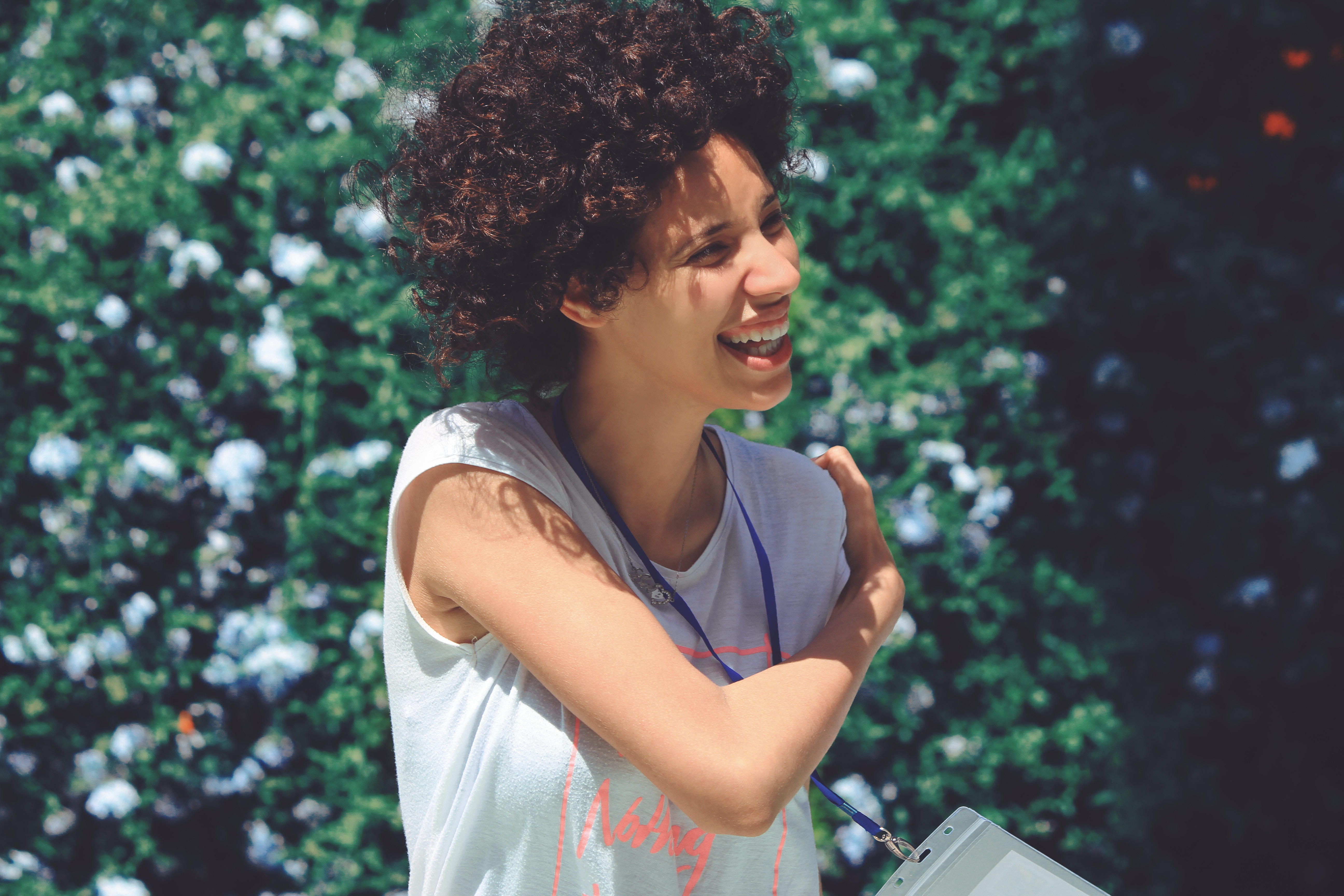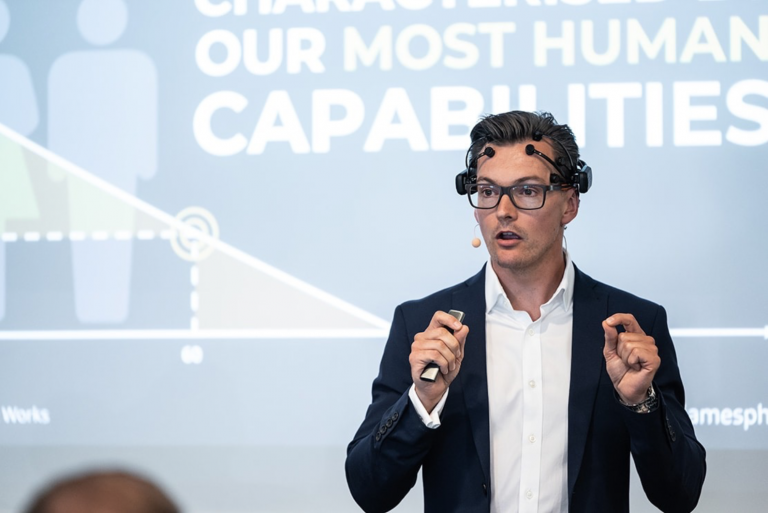4 Steps for Making Change Sustainable

A while ago I wrote an article about the different research done about behavioural change. Making changes is an iterative process driven by internal motivation and capabilities as well as external opportunities. To succeed you need grit and control. But now let’s take a bit more practical approach to how you can make those changes last.
To make your behavioural changes sustainable, I recommend you to try something called the WOOP strategy. It was originally created by psychologists Gabriele Oettingen and Peter Gollwitzer. We at Hintsa have slightly expanded on the original model, but it still follows closely their research-proven concept. The letters in WOOP stand for wish, outcome, obstacles and plan. These four create the steps for making changes last.
1) Define your wish
The first step is visualising and defining your goal. It should be challenging, but feasible, and ideally also set a timeframe for achieving it. A key point is really ensuring that it is something that is meaningful and valuable for you. Fellow psychologists Edward Deci and Richard Ryan have studied intrinsic motivation extensively and have found that activities that are intrinsically motivating generally have the appeal of novelty, challenge, or aesthetic value.
2) Imagine the outcome
The second step is imagining what it will feel like when you have achieved your goal. This is an extremely important step, as purely rational reasons for change are not usually sufficient. Spending time imagining the outcome helps you to deepen the emotional connection for achieving the desired change.
3) Identify any obstacles
The third step involves identifying the biggest internal obstacle that is preventing or may prevent you from achieving your goal. Perhaps you are afraid of failing and don’t even get started. Or maybe you are so busy that you find it difficult to find time for any new activities. In the original model the focus is purely on internal obstacles, but it can be helpful to identify external obstacles as well, as they relate to your environment and you may actually be able to modify that too.
4) Make a concrete plan
The final step in the WOOP model refers to making a plan for achieving your goal, which also takes into consideration the obstacle(s) that you identified. This is where we at Hintsa have slightly expanded the original model, and recommend that you do the following:
a) Connect if/when and then
This is called implementation intention. The idea is to connect your planned action for example to your obstacle, another activity that you do, or a specific time or location. For example, if I don’t have time to go the gym, then I will do a 10-minute short exercise routine at home. Another example would be, when it is 10 pm in the evening, then I will switch my phone on flight mode.
b) Use your strengths and personality as you plan your actions
Try not to get stuck in traditional models regarding how you are supposed to do something. Get creative and find ways for implementing your planned actions, which suit your strengths, personality and lifestyle. Aim to also set your planned actions rather too easy, than too difficult. If you, for example, want to start running, you could plan to run at least 10 minutes two times per week. This will make it much more likely that you will get it done and you will probably end up doing more than this most of the time.
c) Modify the environment
Aim to make good choices easy. If you want to go to the gym in the morning, pack your gear already in the evening. If you want to eat healthy snacks, make sure that these are easily available. In the same way, you can naturally also make the not so good choices more difficult.
d) Create accountability and support
Finally, involve others in your journey. Discuss your plans with a friend or family member and allow them to hold you accountable. Start doing an activity together with friends. Seek support from someone more experienced than you and have them guide you along.
Make your changes sustainable
Download our free WOOP template:
Hopefully, this simple model has given you some concrete ideas and tools regarding how you can start working towards your goals. Behaviour change doesn’t happen overnight and isn’t usually easy, but keep in mind that small steps can lead to big results. If you have trouble deciding where to start improving your daily habits, take our Better Life Pulse assessment and get recommendations.


